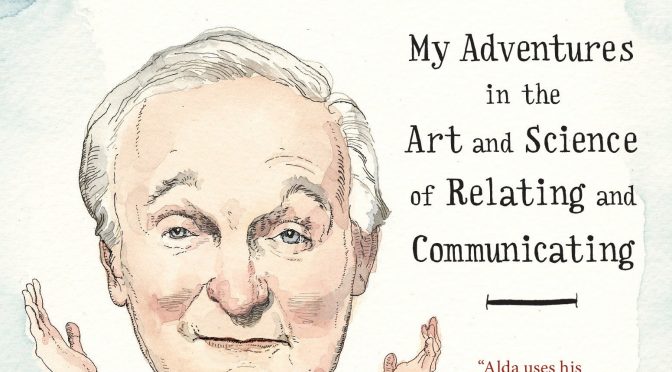
Pepperoni pizza. Pulled-pork sandwiches. Burgers. Bacon. These are some of the foods that I miss the most since deciding to reduce my meat consumption to virtually zero servings a week. My decision was environmentally and eco-consciously driven, but many Americans cut back meat consumption due to health concerns. The risk of red meat and processed meat consumption in cardiac disease, cancer, and overall quality of life has thoroughly pervaded the public conscience. But at the beginning of October 2019, a review was released in the Annals of Internal Medicine that recommended not changing current red or processed meat consumption. The authors concluded there is poor evidence linking red/processed meat consumption to adverse health risks, which directly contradicts years of nutrition research.
I’ve never read a lick of nutritional research in my life, but I have enough experience in reading scientific literature to attempt a summary of the review for you here. The authors integrated evidence from studies that included at least 6 months of red meat or processed meat consumption and at least 1,000 participants. They additionally took into consideration the feasibility of reducing meat consumption, the cost of meat consumption, and the personal preference of eating meat for the participants. However, they excluded environmental impact and humane animal practices into their consideration.
The evidence was evaluated with a set of guidelines the authors outlined, which included systematic review and GRADE (Grading of Recommendations, Assessment, Development, and Evaluation) methodology. GRADE is traditionally used in rating clinical drug trials, so that recommendations can be made regarding a drug’s efficacy and safety. GRADE was not designed nor has it been used before in nutritional research. After the evidence was rated in this manner, a “low conflict-of-interest” group of experts and some public members outside of the science community made their recommendations. Their findings weren’t very conclusive; evaluation of the evidence provided little certainty in the risks associated with red meat and processed meat consumption.
The use of the word “certainty” in the article highlights the bias that the authors’ methodology introduces; it is a subjective quality. Our faith in the authors’ discernment depends on our faith in the authors themselves.
How was the group of experts and public members making the recommendation determined to be “low conflict-of-interest”? The panel was asked to disclose any financial or intellectual conflicts from within the past 3 years. Only those with none were invited to participate in the panel. But is 3 years long enough? Dr. Bradley Johnston, the head researcher of the article, has industry ties that lie just outside the 3 year window. The New York Times and the Washington Post reported on this and another author, Dr. Patrick Stover, who has similar ties to the beef industry through the Agriculture and Life Sciences (AgriLife) program at Texas A&M.
In the wake of the red meat article, prominent leaders in the field of nutrition and public health have criticized its recommendation. Prior years of nutritional research have illuminated the risk of frequent red and processed meat consumption in contracting heart disease and cancer. Some experts point to the distrust that this direct contradiction instills in scientific research, whose relationship with the public is already challenged in areas like global warming.
Environmental impact and humane animal practices were among the evidence that the panel did not take into consideration while making their recommendation. How would their recommendation change if they had considered these conditions? The evidence is staggering. Red and processed meat consumption contribute to the accumulation of greenhouse gases through animal agriculture and deforestation. Additionally, while meat consumption is rising across the globe, the stress on water availability, biodiversity, natural ecosystems, and the animals themselves increases as well. Higher demand for red meat has resulted in the sub-ideal conditions for animals that documentaries like Food Inc. have made us familiar with. Cattle, pork, and poultry often have limited access to open pasture and are fed unnatural diets with antibiotics to save money. Confronting this information was enough for me to decide to reduce meat consumption.
For many, incorporating meat into their diet is easier and cheaper than eating a plant-based diet. For those looking to reduce their carbon footprint through what they eat, I suggest purchasing poultry (cheaper) and meat alternatives (increasingly more accessible) over red meat. However, people also care about the nutritional value in their food. The rise in popularity of plant-based meat alternatives can be seen in the fast food industry. Notably, Burger King has released their Impossible Whopper within the last year, which uses an Impossible Burger patty made from soy and potato protein with the crucial ingredient of heme (the molecule attributed with “meaty” flavor). Despite whether it comes from a fast food restaurant or the meat aisle, we should still be reading the nutritional facts before congratulating ourselves on choosing the “healthy option”.
Overall, while doing my research into the red meat article controversy, my take-aways were as follows:
-A panel of experts and members of the public made a recommendation to not change current red or processed meat consumption habits based on a review of evidence that weakly points to adverse health consequences.
-Like most recommendations, this one has sources of bias despite the authors’ efforts to minimize them.
-Human nutrition research also has its own caveats, confounding factors, and complexities. Since researchers can’t control everything that a person eats in a day, we can’t expect a study to be completely accurate.
-Some of the authors have ties to trade industries. Whether those ties influenced the recommendation of the article remains uncertain.
-There are good reasons for reducing meat consumption that pertain less to the health of an individual and more to the health of an entire planet.







